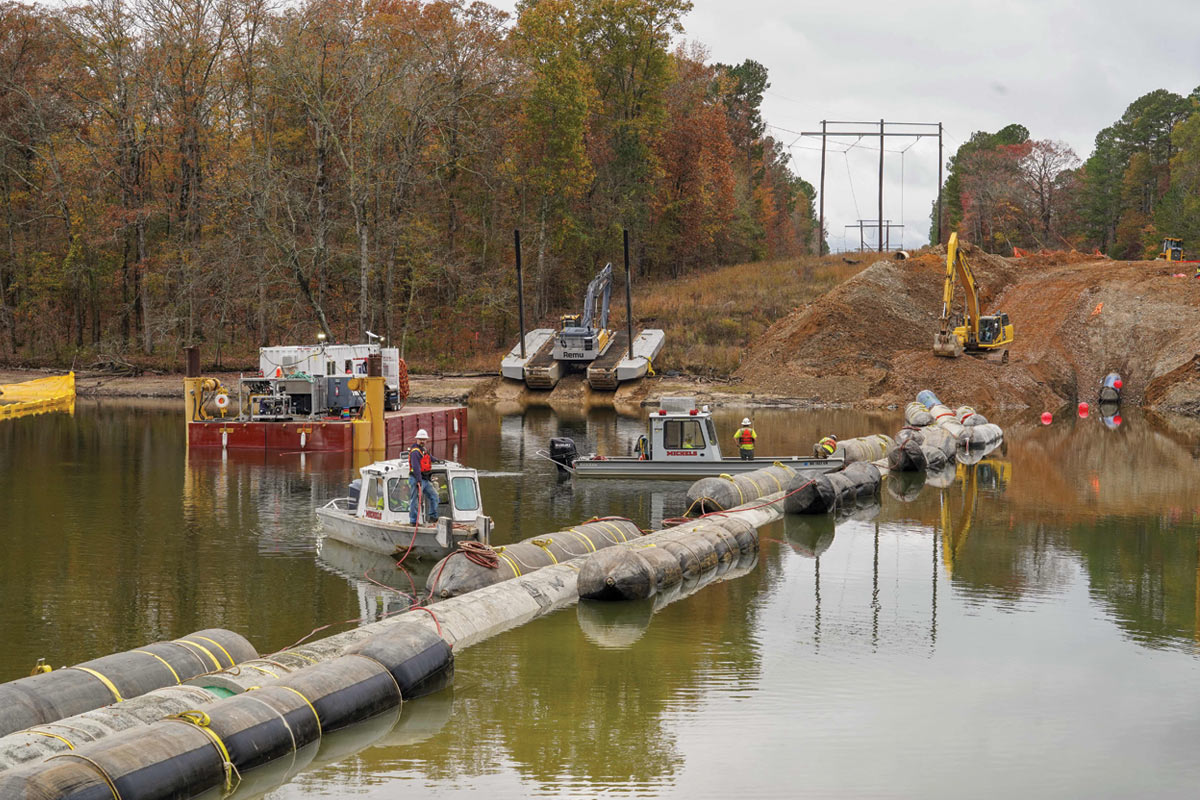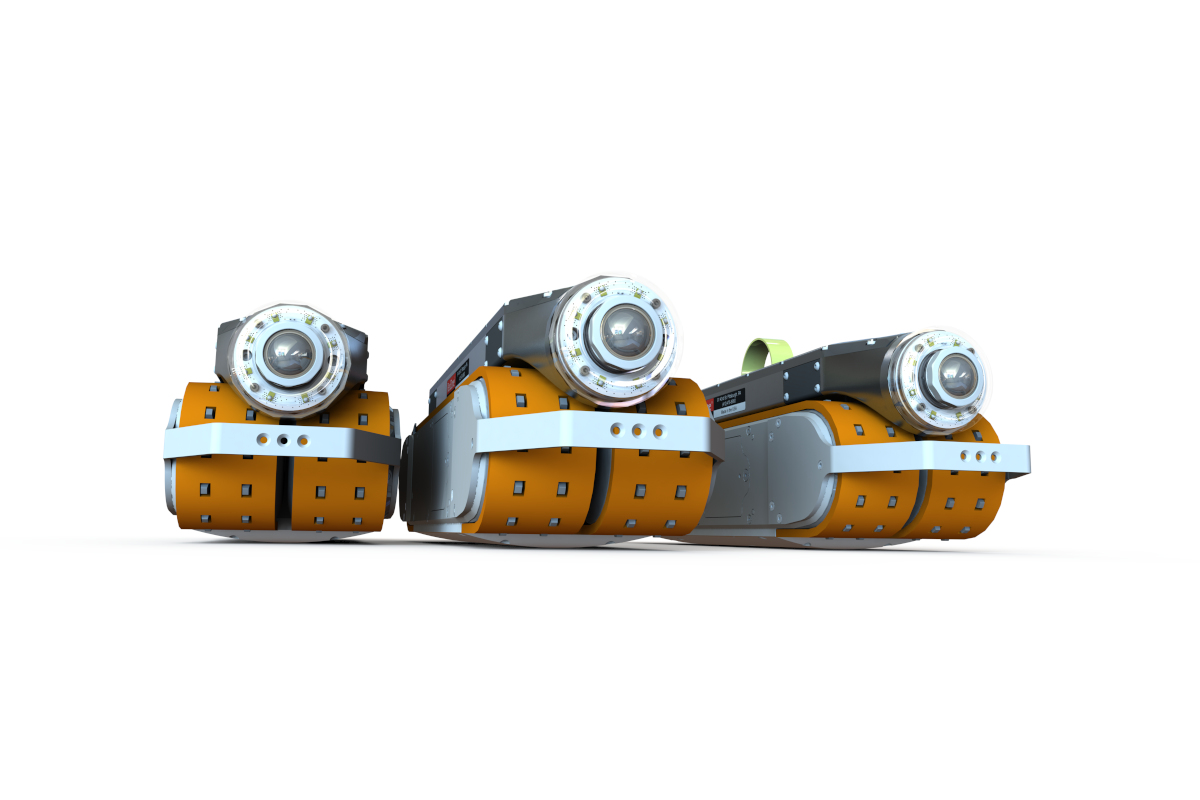
HDD Contractor Profile: North American Directional LLC
October 28, 2016
Development of the Marcellus and Utica shale plays continue to be a boon for the horizontal directional drilling (HDD) industry as pipelines are the favorable method of transportation for the fossil fuels sucked from beneath the Earth’s surface.
NAD specializes in HDD design and installation of natural gas, water and utility pipeline crossings. The majority of the work, thus far is focused on the oil and gas side.
Headquartered in Mt. Morris, Pa., the heart of the shale play, and with a wealth of underground construction and directional drilling experience, Shaft Drillers International (SDI) saw an opportunity in the HDD sector and in 2013 began carving out a niche for itself in the Northeast. This culminated with the creation of North American Directional LLC (NAD) as a separate HDD service provider in August of 2015.
“Through the various SDI companies, we have been drilling in this area for more than 20 years,” says Lance Murray, project manager of NAD. “We’re very familiar with Kentucky, Ohio, West Virginia, Virginia, Pennsylvania, Maryland and up into New York. That is where we’ve done the majority of our work and where we feel the most comfortable.”
Drilling in the Northeast
As the HDD service provider within the SDI family of companies, NAD specializes in HDD design and installation of natural gas, water and utility pipeline crossings. The majority of the work, thus far is focused on the oil and gas side but NAD has tackled some of the other projects as the oil and gas work waned. Where the company is most competitive is the larger and longer shots due to the size of its three Barbco HDD units — 80,000, 120,000 and 250,000 lb. rigs. To date, the longest drill for the NAD crews came in just more than 2,700 ft and the company has the capability to bore up to 30 in. in diameter.
“In 2012, 2013 and 2014, we were extremely busy. We have seen the oil and gas work go up and down. As of the past five months, we’ve seen a decline in the market in terms of available work,” Murray says. “We’ve been fortunate to stay busy and found [other utility] work to keep busy. It appears as though there will be an uptick in the very near future.”
To help supplement the midstream gathering work and with the growth in fiber installation and smaller diameter, shorter distance, utility work in the region on the rise, Murray says NAD is looking at getting a smaller HDD rig to fill the gaps as the gas market continues to fluctuate.
Because of the nature of its work on the oil and gas side, Murray says he cannot get into specifics of many jobs based on confidentiality agreements with the clients. One constant on all of NAD’s projects is difficult rock formations. “I have yet to see a drill done in the Northeast of anything over 6-in. where at least the majority of the drill is through solid rock,” Murray says.
Coal mining helped build much of the region where most of NAD’s work can be found, but the mining industry, especially in its early years, is what causes NAD crews the biggest heartburn.
“The biggest challenge comes in to play when you have a broken rock formation,” Murray says. “The amount of coal mining that has taken place since the late 1800s in the Northeast; there are a lot of old mining areas that aren’t even documented. Because of surface mining with explosives, there are broken formations, voids and abandoned mineshafts. These areas present significant issues.”
These issues include increased risks of inadvertent returns and losing circulation making it difficult to get the cuttings out of the hole and keeping the hole clean enough to pull product through. The easiest way to combat these issues is with proper planning and that is why Murray preaches information gathering in the planning phases.
 “We recommend clients take initial core borings along the length of the drill to give the driller a knowledge base of what kind of rock we’ll be drilling through, what layers of the rock is consolidated, unconsolidated, broken,” Murray says. “You can determine if it is a permeable rock, like a sandstone, or impermeable, which we like to drill through, which is limestone. Those things beforehand make it a lot easier to design the drill to stay below the broken unconsolidated rock formations and drill through or below the solid rock.”
“We recommend clients take initial core borings along the length of the drill to give the driller a knowledge base of what kind of rock we’ll be drilling through, what layers of the rock is consolidated, unconsolidated, broken,” Murray says. “You can determine if it is a permeable rock, like a sandstone, or impermeable, which we like to drill through, which is limestone. Those things beforehand make it a lot easier to design the drill to stay below the broken unconsolidated rock formations and drill through or below the solid rock.”This information is important to formulating the best bore profile and design for a project and it allows NAD’s crews to perform their job with the least amount of issues. Considering the amount of water bodies — wetlands, rivers, streams, lakes, etc. — found in the Northeast, Murray also likes working with the client on inadvertent return planning.
“There is no way to truly know what will happen until you are in to the job. It’s critical for us to establish the procedures,” Murray says. “Clients take different stances and try different ways and methods. From clients asking us to take on all the risk of what happens with the HDD — and typically that’s the most expensive option for the client — to clients that handle it on their own.”
Working with Clients
Once NAD receives a project, the company works with Inrock to design its own bore plan to augment the information received from the client. This additional work equates to NAD’s clients receiving the best project possible.
As work continues to blossom in the Northeast, Murray says that the number one challenge the industry faces are increased regulatory demands especially as it pertains to inadvertent returns and drilling mud disposal.
Murray notes that education is the key especially when HDD contractors — especially on the oil and gas side — are often lumped together with the rest of drilling industry. NAD knows the importance of communicating with the general public and regulators alike. “People get excited and concerned until you show them what we are using is just fresh water and clay,” he says. “Once they see that, they do their own research, and only then do they feel comfortable with what we are doing.”
This education is key because in the region NAD calls home, Murray sees a bright future for the HDD industry.
“I feel that, as the EPA and other regulators work to protect streams, wetlands and other bodies of water, they will require more and more HDD work” Murray says. “They don’t want the scenario of open cutting a wetland or stream and disturbing that area. The regulatory agencies requirements will cause the growth of HDDs significantly over the next five to 10 years.”
Mike Kezdi is associate editor of Trenchless Technology.
Tags: Barbco




